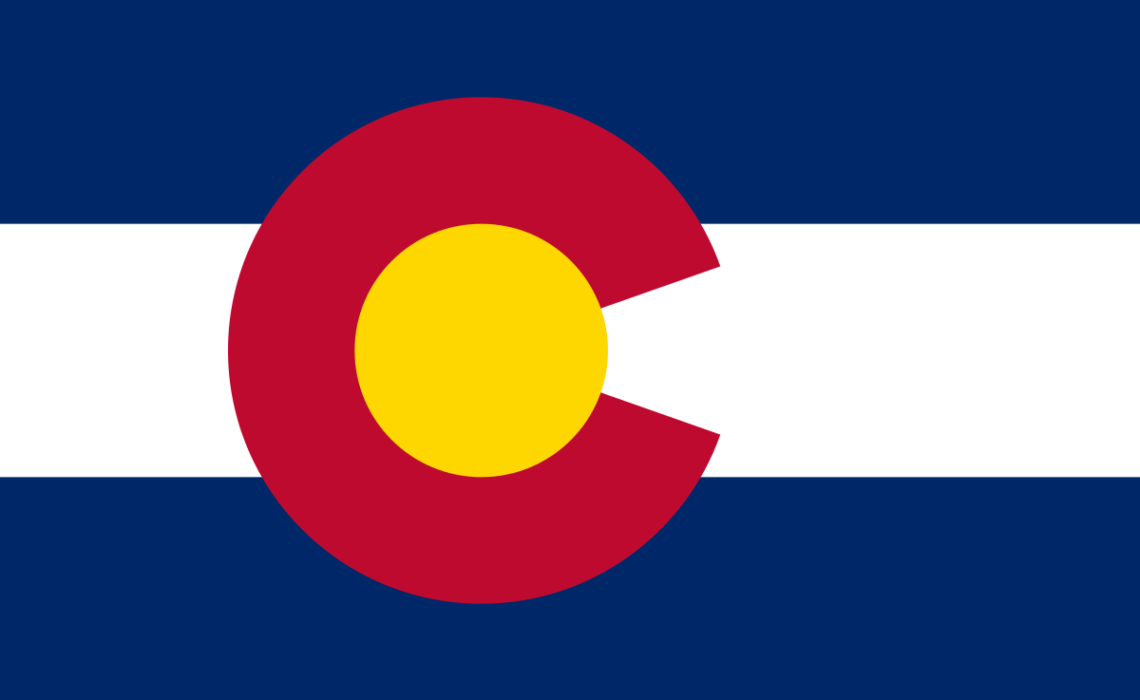
One hundred forty years ago, it happened. In 1876, what was a territory became a state. Colorado is frequently called the Centennial state, because it gained statehood the same year our country celebrated its 100th birthday.
The original Colorado natives were Native Americans. First the Ancestral Puebloans inhabited cliffs down in southwestern Colorado. You can still see their original dwellings by visiting Mesa Verde National Park. As a child we visited the park. I marveled over the homes they created in the cliffs that still stand today.
European settlers wouldn’t appear in numbers until the 1850s. What drew them to the mountains of Colorado were the precious metals found in the rocks. Ten years after California’s famous gold rush, the territory would experience its own. Thousands of men moved into the area, first mining the streams, and later drilling to rocks. This kind of mining where rocks were drilled, and shafts excavated is called Hard Rock Mining. During the 1860s and 1870s, millions of dollars were made mining silver, gold and even platinum.
The railroads built to transport ore played a huge role in the territory’s development. Because the terrain was so steep, railroads had to be built narrower — resulting in the term Narrow Gauge Railroad. By building narrower tracks, it allowed trains to take tighter turns as it ascended the mountains. One of the state’s most famous railroads, The Durango and Silverton Railroad still runs today.
The mining activity probably directly led to Colorado becoming America’s 38th state. Mining led to the development of cities, including Boulder, and roads. Boulder served as a place to get supplies for miners who worked the foothill towns of Blackhawk, Central City and Ward.
Statehood didn’t come easy for the Colorado territory. President Andrew Johnson vetoed the first legislation to give us statehood. But finally, Ulysses Grant would sign the bill on August 1, 1876. Its very popular flag reminds us of its beauty and its history . The white representing snow from its soaring peaks, and gold and blue representing sunshine and blue skies.
Not every Colorado day has brought joy. In 1976, during a busy summer weekend when many had retreated to the mountains for fun in the sun, disaster struck. A thunderstorm stalled east of Rocky Mountain National Park, dumping upwards of 12 inches of rain. The Big Thompson Canyon flooded that weekend, and over 140 people died.
For this day, it’s nice to remember our history and to be grateful to live in such an amazing state.
Happy Birthday, Colorado!

